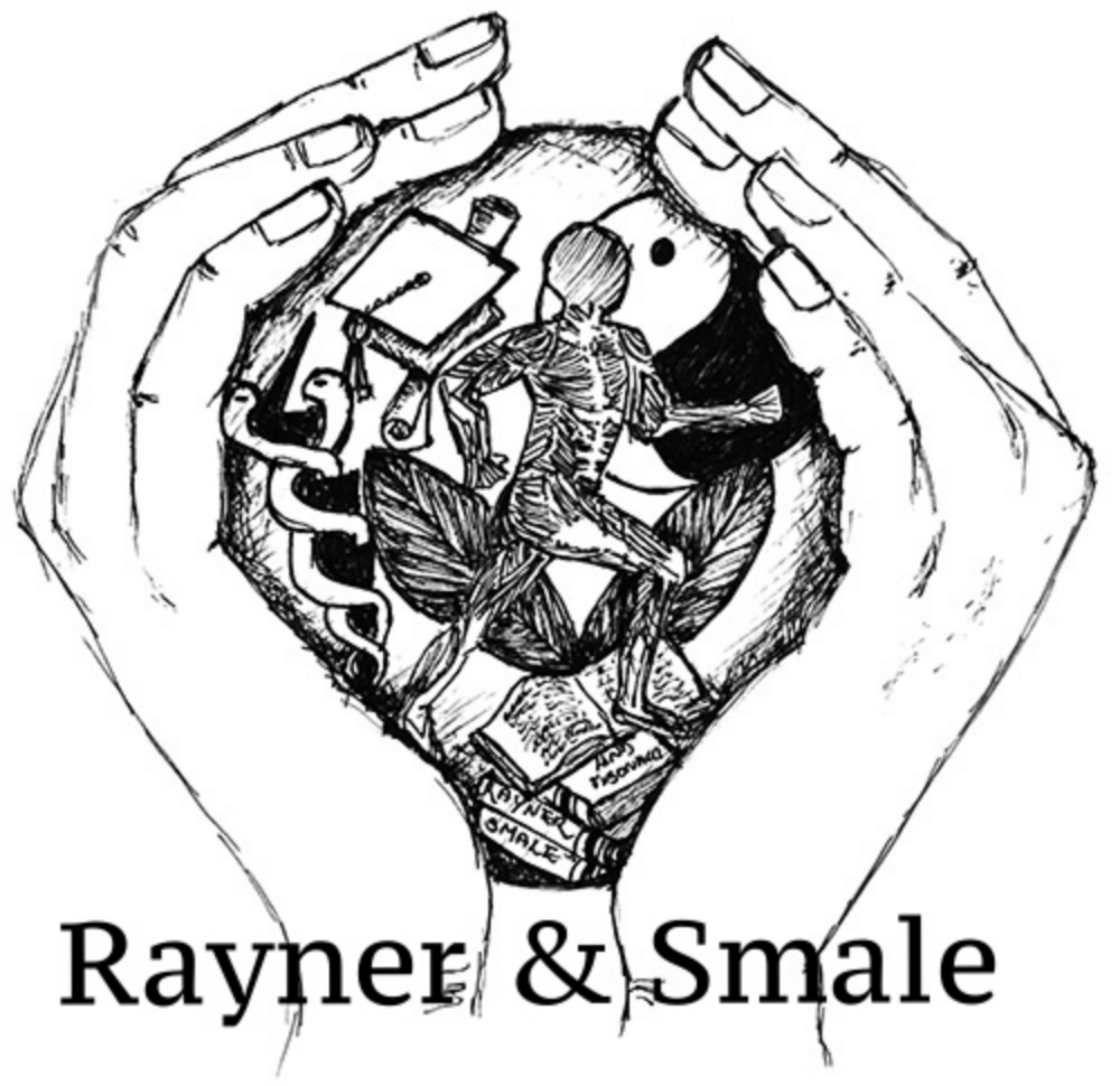Cervical Motor Control Part 3 - Does Posture Matter?
This week we continue to explore the research about motor control deficits in the cervical spine. Before discussing rehabilitation principles we are going to look at some new research about the role of sitting posture and how this impacts the action and load on muscles in the neck.
Read More